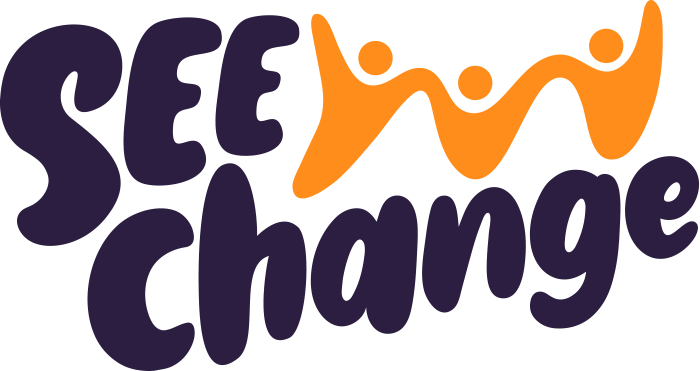My experience as an Electric Vehicle test driver
My experience as an EV test driver
An EV! What’s an EV? Wasn’t there a movie in the 80s about an EV? Or is it something to do with cars?
This was just about the extent of my knowledge about Electric Vehicles a couple of months ago before a friend asked if I was interested in becoming an EV test driver for the Good Car Co. I thought it sounded like fun and a great opportunity to make a practical contribution to the lowering of carbon emissions in the ACT.
The Good Car Co (https://www.goodcar.co) in partnership with SEE-Change ran an EV bulk buy campaign in Canberra for the first few months of this year. They were looking for test drivers willing to spend a few hours a week driving with potential EV buyers so they could experience driving an EV. The EV I test drove was a Nissan Leaf 2016 AZEO model imported from Japan with a 30 kWh battery (with a range of about 150 km).
Each test drive went for about 45 minutes and involved a demonstration of how the charging works, a drive and general chat depending on the interests and questions of the potential buyers. Most potential buyers already knew quite a lot about EVs (often more than me), had looked at the Good Car Co website and attended one or both of the info sessions in the program. They were mostly keen to see how the cars drove and were pleasantly surprised to learn that driving an EV is fun and very similar to driving any other safe modern car. The Nissan Leafs are responsive, quiet and easy to park. And driving modes such as ECO and regenerative braking assist in optimising battery life. Of course, the main difference to ICEs (internal combustion engine cars) is that instead of going to a petrol station, you can charge the battery either at home or at a public charging station.
Often the potential buyers were appreciative of the opportunity provided by the bulk buy to purchase an EV at a reasonable cost. Although many had solar panels, not everyone did. Most viewed driving an EV as a significant way to decrease their emissions. Lots of potential buyers expressed frustration with the lack of incentives to purchase EVs in Australia and were excited to have the opportunity to increase the number of EVs being driven around Canberra.
There is a bit to learn about the EV world such as the impact of different battery sizes on ranges, apps which show where charging stations are located, acronyms such as ICE (Internal Combustion Engines) and the benefits of bi-directional charging.
Bi-directional charging is where the car battery can send power back to a house or the grid and so can be used as a storage battery. There is a trial currently underway in Canberra to assess how well a fleet of Nissan Leafs using bi-directional batteries can help stabilise the power grid, including protecting against blackouts. The Realising Electric Vehicle to Grid Services (REVS https://arena.gov.au/news/world-leading-electric-vehicle-to-grid-trial-in-act/) project is co-funded by the Australian Renewable Energy Agency (ARENA) and the ACT Government and led by ActewAGL Retail in partnership with Evoenergy, Nissan, Jetcharge, SgFleet, the Australian National University and Accenture.
I really enjoyed the experience and can now see the fantastic benefits that EVs provide. I would not hesitate in buying an EV as my next car.
